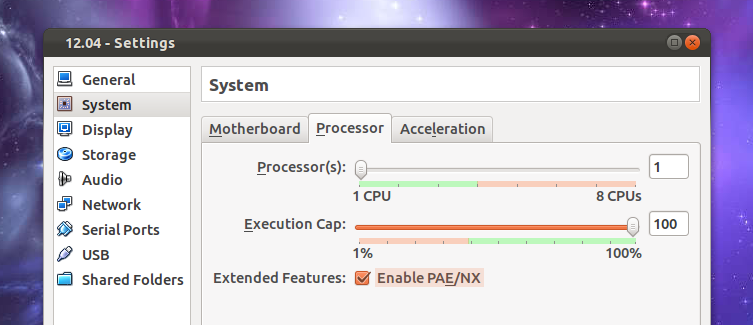

Remember, this is a server install with just ssh-server enabled. The ISO file was downloaded 2 days prior.

First LoginĪfter I enter my id and password, I see that 6 packages need to be updated. The pre-allocated storage really makes a huge difference in disk performance. I decided against at this stage.Ībout 10 minutes to install the OS. The only question that cause a pause was whether to use US-English with dead-key support or not.

I honestly did not read each of the questions carefully. claiming 50% completed.Īll worked as expected, though the excessive Language questions was odd. :24 and the package installs began again ….Package selection was limited to ssh-server only.Proxy question at :22 after – this halted the install.

The hostOS was doing a few other tasks AND running multiple VMs while this happened.
Installation began at :20 after the hour. Partitioning – Guided, use entire HDD. Did not allow keyboard recognition – this never worked well for my anyway. Selected English-US about 5 other times. Install Ubuntu Server – MASS is an option, but I do not choose it. Nothing too great, but enough to get going. Intel PRO/1000 MT network adapter (virtual). 12MB of graphics RAM – this is a server. This is not the desktop version because I consider all Ubuntu Desktops to be bloated. For this test, the i686 version will be used. The FTP download took less than 10 minutes for each ISO. I grabbed both the 圆4 and i686 versions of Ubuntu 12.04 Server from a local University. I do this just to become familiar with any changes to the installer and to check out the new install options. Unplanned downtime is the enemy.īelow are my first impressions of a test install using VirtualBox. When it comes to servers, caution is best. Thankfully, I have some time, about a year to make it happen. It is time to migrate from 8.04 to 12.04. Most of the servers running here are still running 8.04 Ubuntu LTS which will be under support for another year. 8.04 server is still supported and receives patches from Canonical. My 8.04 and 10.04 servers AND desktops are feeling a little old, out of date, even with the weekly patching. That does not work when you have 10 or 2000 machines to maintain. That’s find if you have 1 or 2 machines to maintain. For most desktop users, that is a huge negative and they will migrate to a non- LTS release. The downside is that after about 18 months, developers usually stop developing for the older LTS release so new programs do not work on these older releases. They are usually a little more stable as well. I prefer LTS Ubuntu releases because they come with 5 years of support – patches.








 0 kommentar(er)
0 kommentar(er)
